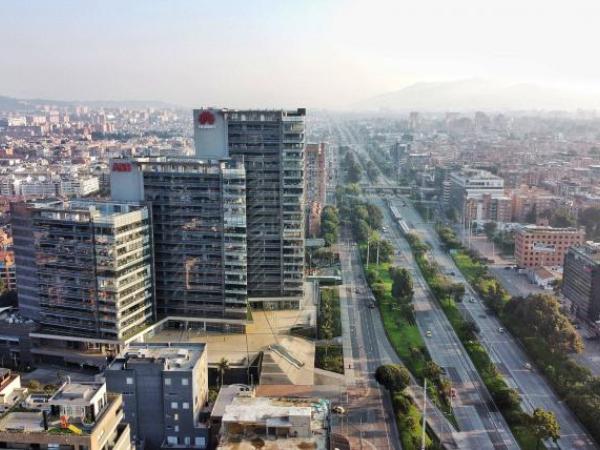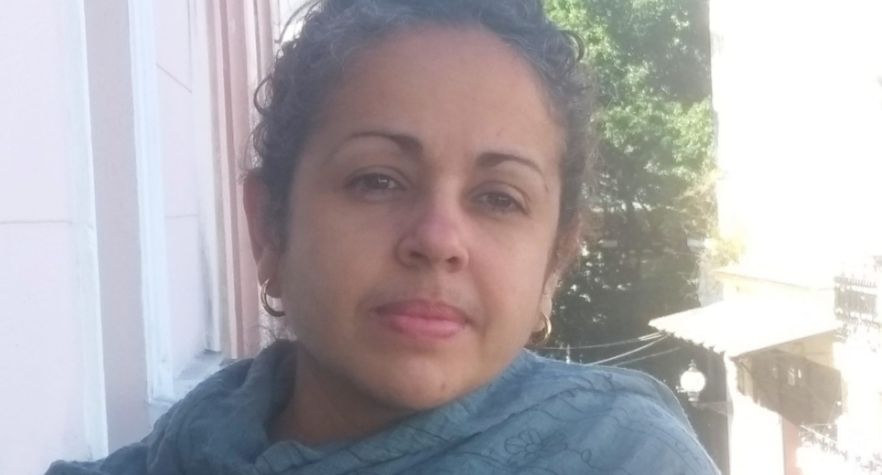Recently, councilor Rolando González denounced that the Planning Secretariat was carrying out a study to change the stratification methodology in the Colombian capital.
(Read: Ideam foresees electrical activity, gales and hail due to rains).
The entity spoke out and assured that It is not the responsibility of the District make changes in the methodology, but the responsibility of the National Administrative Department of Statistics (Dane).
Since 2020, according to what Councilor Rolando González told several media outlets, the Planning Secretariat would be “carrying out the application of studies” that would affect 400,000 properties in strata 5 and 6.
“The reason they are giving in the study is that basically the city needs to recover the investment they had made due to the pandemic, at the time of subsidizing the properties of strata 1, 2 and 3, here they are punishing the pockets of Bogota citizens, generating expenses and removing subsidies that many of these properties already hadGonzalez assured.
For its part, the Planning Secretariat issued a statement in which it clarified that “it is not carrying out a process to change the methodology of urban stratification in the city, therefore, it will continue as it has been handled and there will be no changes. in the configuration of the strata”.
In turn, they clarified that the socioeconomic stratum does not define the property tax rate. In this sense, what defines the value of the urban real estate tax is the cadastral appraisal (which integrates the land and building values) and the base rate, which is defined by the Council.
?Attention! The District clarifies that it is not making changes to the city’s stratification methodology, therefore it will continue as it has been handled in the city and there will be no changes in the configuration of the strata.
We open thread ??
— Planning Bogotá (@planeacionbog) April 18, 2022
“It is not necessary to assert that property tax collection will increase through a change in the stratification methodology. Just as it is also false to express that the properties in high strata in the city will increase (contributing strata 5 and 6), which would result in the reduction of subsidized properties (strata 1, 2 and 3), in order to alleviate the pressure of the expenditure of the district administration”, said Planning.
(Besides: Learn about the new option to pay property tax in Bogotá).
The district entity clarified that it is in its responsibility apply the stratification methodology given by the Dane in Bogota. As well as “preparing studies that allow evaluating the social and financial impact of stratification in the Capital District (…) To that end, the District Planning Secretariat has carried out about 25 studies in the last 14 years.”
Antonio Avendaño, undersecretary of Information and Strategic Studies of the Planning Secretariat, told EL TIEMPO that these types of studies are carried out frequently, but that does not mean that they are contemplating changing a methodology that has been in existence for 25 years and that this This is not the time to do so, both due to the electoral situation and the socioeconomic situation of the country.
“I am responsible, I coordinated the studies and in none of them is it being said that a new methodology is going to be implemented. The fact that these studies are carried out does not imply that these changes are going to be made“, assures Avendaño, who said that these types of changes must first undergo demanding legal and socialization processes, but they are not being done.
Planning explained that this type of study seeks to evaluate the social and financial impact of stratification in the capital. For this reason, in the last 14 years they have advanced nearly 25 investigations of this type.
(Read: This is how the aqueduct and sewage business moves in the countryy).
Finally, the entity clarified that its studies carried out in 2021 reveal that 84% of people, 80% of homes and 82% of households are part of strata 1, 2 and 3. While only 5.4 % of people, 6.2% of households and 6.8% of dwellings are part of strata 5 and 6.
BRIEFCASE







